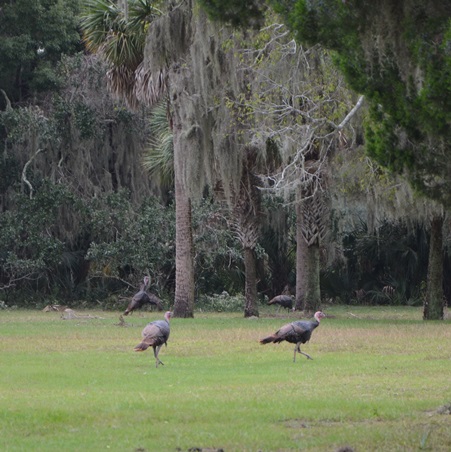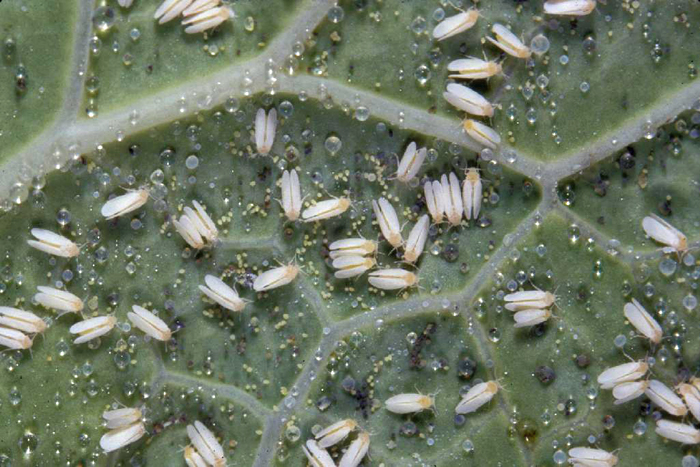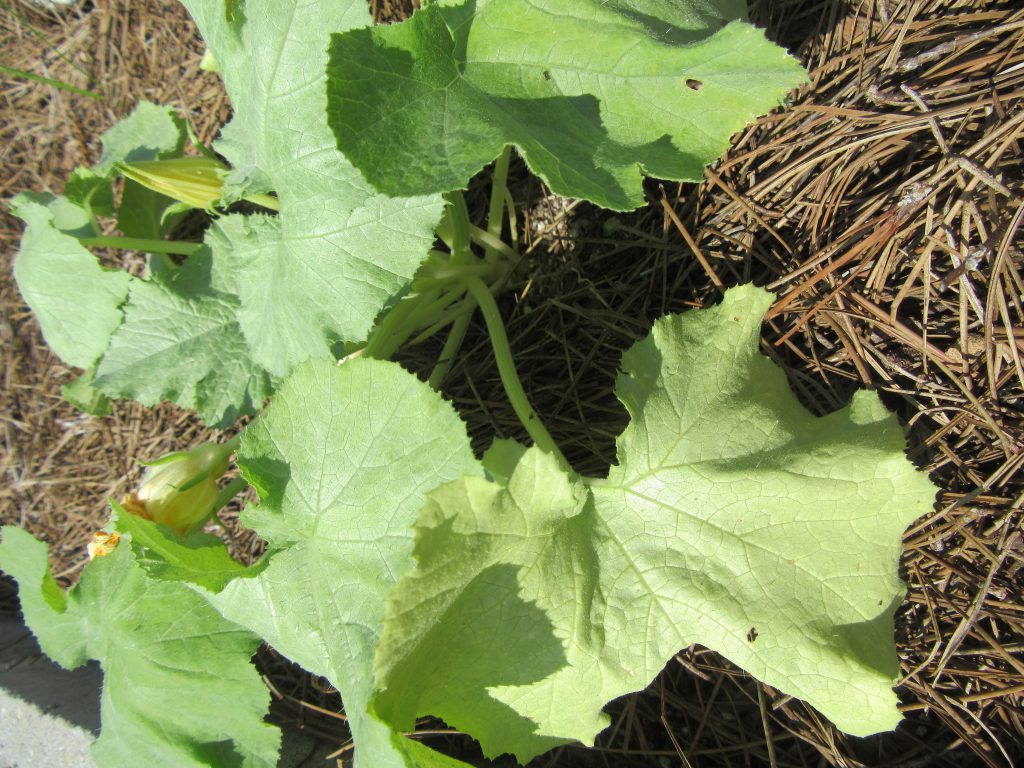
It’s Fall… Now what Do I Do with my Lawn?

While yard work is important to maintain an attractive lawn, if done successfully, the resident can spend quality time in other pursuits like watching the wildlife from the front porch.
With the passing of September the end is in sight, well at least the end of summer, and hopefully summer-like weather. The hot humid days of August gave way to the hot humid days of September,now October, and the Florida Panhandle is finally experiencing cooler temperatures. At least temporarily.
Days have shortened noticeably and the plants have noticed. Foliage growth has slowed and seed production is in overdrive.
As the season slowly shifts, the needs and care for the lawn and landscape are changing too. Inputs need six months ago and environmental factors which were true in the spring are now being altered by the immutable and timeless forces of nature.
Fertilizer is one factor which must be considered in light of the dormant season’s approach. Inappropriate or excessive application will waste resources and end up in the water supply where it will do no good.
As many warm season grasses and plants are reducing their growth rates to prepare for winter, the need for nutrients slows. Nitrogen, the first number on a fertilizer tag’s list of ingredients percentages, is especially vulnerable to misuse by the well-intended but inexperienced or uninformed person.
Over application of nitrogen will promote the aggressive growth of tender green foliage in the lawn. If a frost or freeze occurs when the tender vegetation is presence, the plant will experience excessive damage or death.
The directions on home and garden fertilizer bags, and soil test report all recommend restricting or eliminating nitrogen application late in the growing season. This is sound advice.
Herbicide use changes in the late summer and autumn also. As with misapplied fertilizer, misused herbicides will waste resources and can end up in the water supply.
Weeds and other targets of herbicides must be actively growing for the herbicide to work effectively. Late summer and fall can present challenges to effectively applying herbicides.
With very few exceptions, plants must be actively growing for herbicides to work properly. Plants slowing towards dormancy will not absorb as much herbicide and may, species depending, be completely immune.
Herbicides do not work on plants which are under drought stress. It is important to remember early fall is the driest time of the year in panhandle Florida, nature’s way of forcing a fall growth shutdown.
Yard waste and grass clipping will help refresh mulch in flower beds and on tree root zones. The summer heat and humidity have combined with bacterial activity to breakdown the current supply of mulch.
The on-site utilization of yard waste as mulch or as a basis for compost is a good practice to establish. It will benefit the landscape and reduce the multiple layers of expenses required to collect, haul and dispose of this material.
If properly composted, the material reduces the chances of introducing weeds, insects and diseases which can be on commercial products. Another way to look at the subject is “What is produced in the Florida Panhandle stays in the Florida Panhandle…and saves everyone money in the process.
While Septembers early weeks were just as oppressively hot and humid as August, relief seems to be here. Be ready to spend the cooler days enjoying a private bit of paradise in Northwest Florida without worrying about problems which could have been avoided.
To learn more about getting the lawn and landscape ready for autumn, contact your UF/IFAS Extension Office.


